NASA’s Solar Dynamics Observatory spacecraft has revealed unique images of a partial solar eclipse. According to the Daily Mail, the eclipse lasted 35 minutes, at its peak the Moon covered 67% of the fireball. During this time, the observatory managed to take a series of photographs of this event. They show the lunar mountains, which were illuminated by the solar disk.
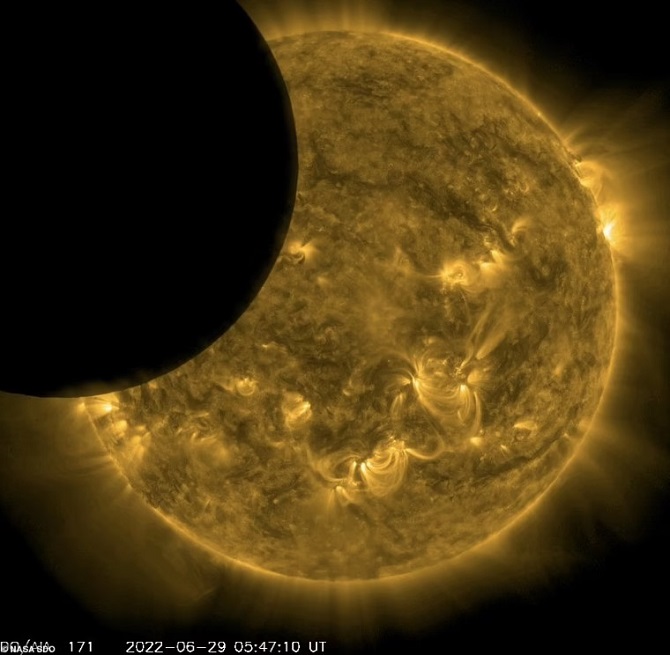
Also on the surface of the moon, past which the NASA spacecraft flew, bumps and bumps were visible. They have been identified as part of the Derfel and Leibniz mountain ranges.
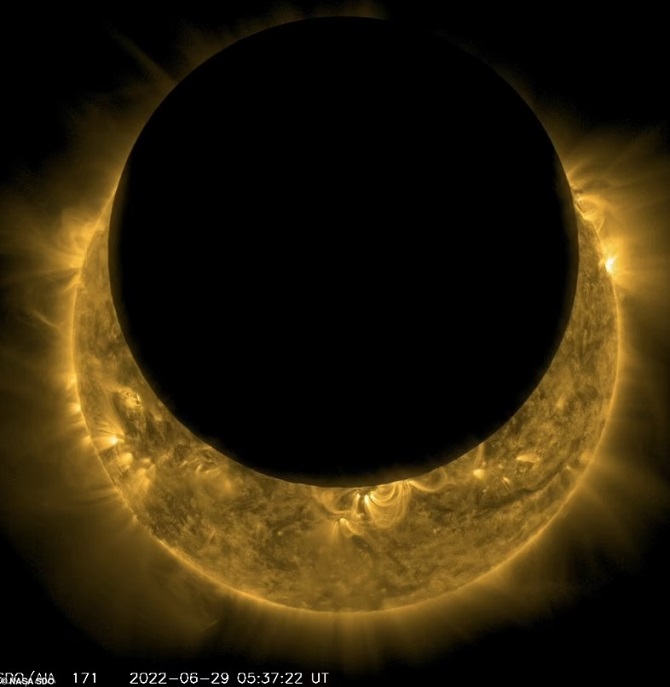
According to the scientist Patricio Leon, he examined the photographs in detail and compared the images of the Moon with a topographic map. Therefore, it was possible to identify mountain ranges that became visible during a solar eclipse.
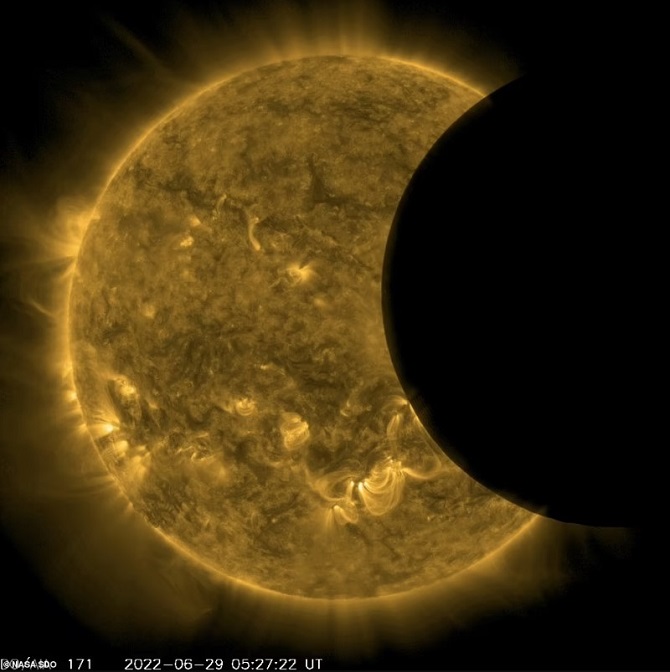
NASA’s Solar Dynamics Observatory was launched in 2010. She observes the Sun with a fleet of spacecraft, taking photographs every 0.75 seconds. In addition, the observatory studies the Sun’s magnetic field, spots on it, the atmosphere and other important aspects that affect the activity of a star during the 11-year solar cycle.
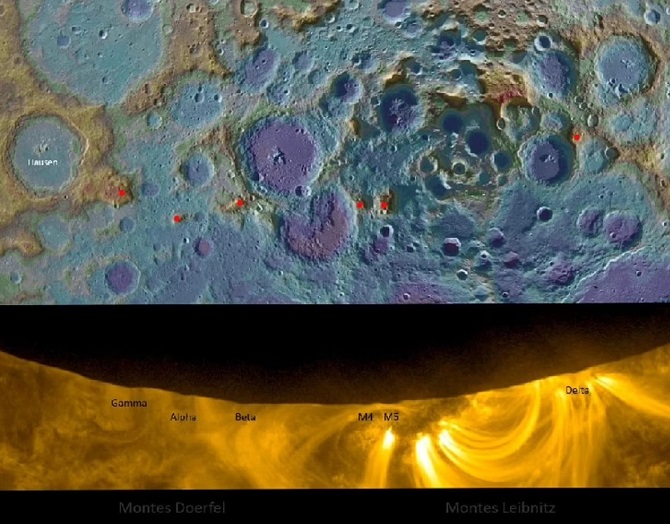
It is worth noting that the images of the solar eclipse shown by scientists are unique. After all, for the first time it was recorded so close. According to the scientists, these high-resolution images give the scientific team a better understanding of the telescope, and they also show how light travels around the optics and filter support grilles. After they are calibrated, it will be possible to make the image of the Sun clearer than before.




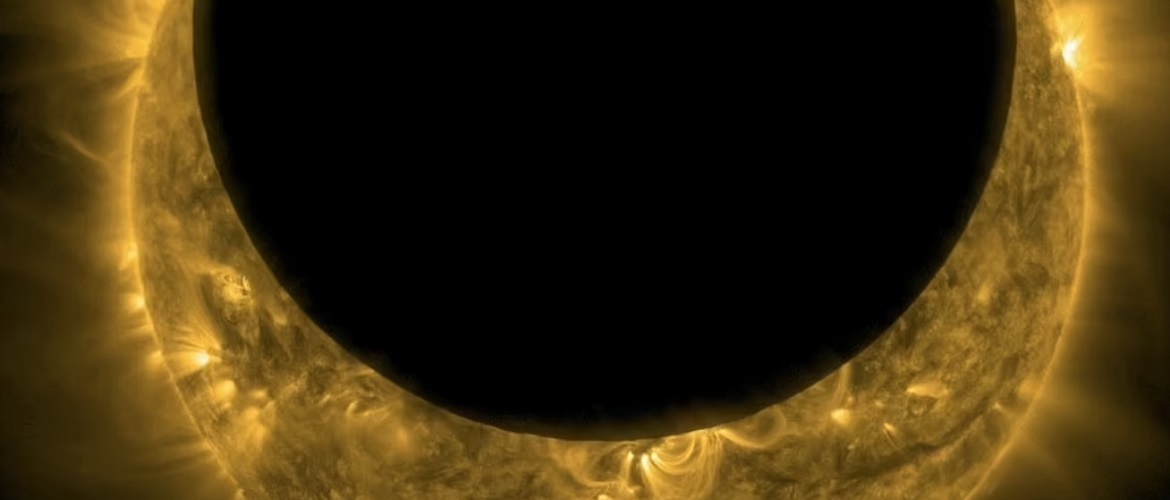


Only registered users can leave comments